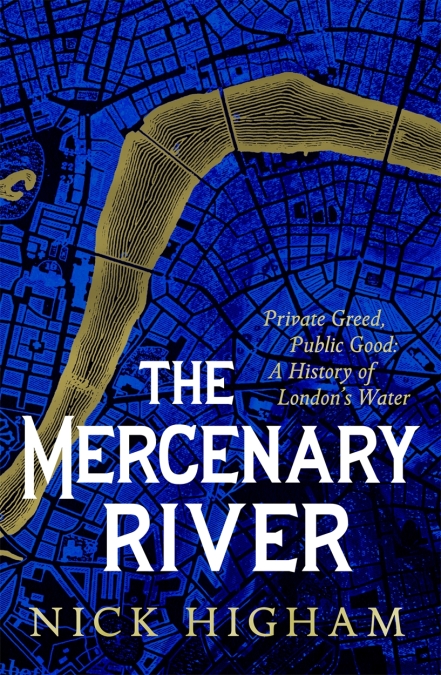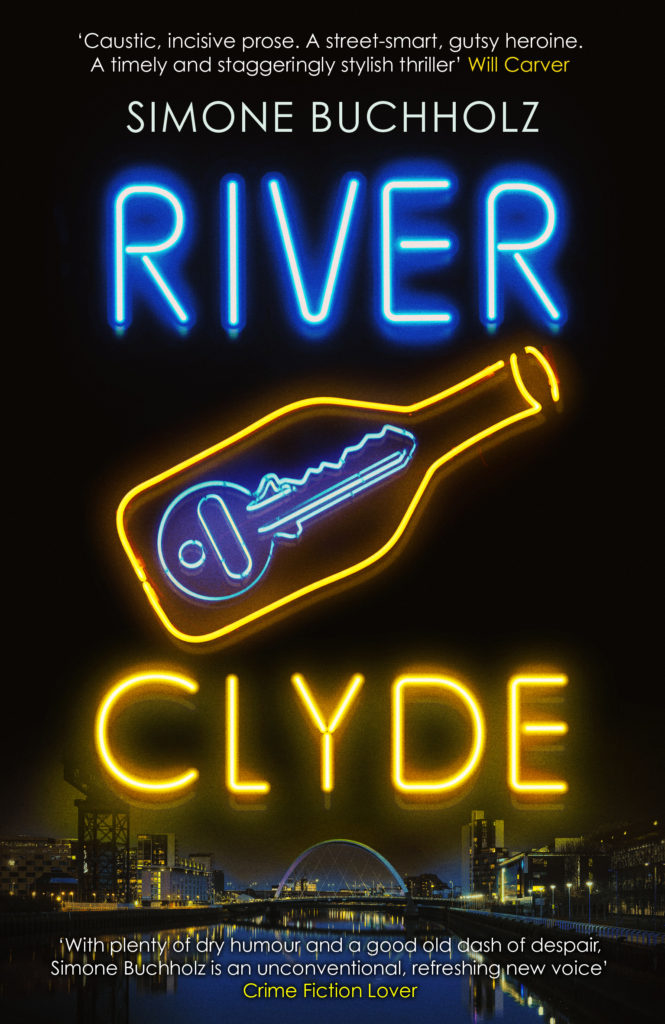The Mercenary River
By Nick Higham
Published by Headline https://www.headline.co.uk/?msclkid=3e120313a9cf11ec9bb68945b749dfb0
428 pages ISBN 9781472283832
Publication date 14 April 2022
I was sent I proof copy in exchange for a fair review and would like to thank the author, publisher and Caitlin Raynor for arranging this.
From the blurb
Private Greed, Public Good: A History of London’s Water.
No city can survive without water, and lots of it. Today we take the stuff for granted: turn on a tap and it gushes out. But it wasn’t always so. For centuries London, one of the largest and richest cities in the world, struggled to supply its citizens with reliable, clean water. The Mercenary River tells of that struggle from the Middle Ages to the present day.
Synopsis
A comprehensive account of how London has been supplied with water by a combination of private enterprise and public authority since the Seventeenth Century.
My thoughts
Although I do read a lot of crime and thriller novels I do like to ‘cleanse my palate’ by reading the occasional non-fiction or sports book. Having read this book I can say that it includes a fair amount of crime, albeit corruption and a fair number of deaths due to a combination of recklessness, negligence and ignorance.
The book centres on The New River which was a manmade waterway cut to send clean water from Hertfordshire to London and provides the spine of the narrative as stories lead back to it. Quite fitting in a way seeing as it is still in use and provides 10% of London’s drinking water today. It was built using private enterprise using a novel route of a joint-stock to company raise the finance. The big increase in the use joint-stock companies in general business was then to lead to the Limited Company which we are all familiar.
One thing the book makes clear is the enormous profits that can be made if there is a monopoly on supply. A £100 share in The New River company was selling for £15,200 in 1827 and £95,000 in 1883. The average dividend paid during the eighteenth Century was £265 per share putting the holder within the top 3% of earners.
The profits can be great until there is competition. Water supply is a capital-intensive business with huge amounts of infrastructure required most of which would be duplicated. Competition may seek to drive down price but the adverse effects that can be felt by the customer in quality and the water company in reduced profits pushed companies to collude and actively avoid competition.
Where major investment has been made super profits have followed and it was a lack of investment which drove the privatisation push during the late Twentieth Century. I would suspect that many consumers would argue that the current large profits are due to price increases rather than infrastructure improvements.
Mr Higham quotes Dr John Arbuthnot who described the Thames water as ‘foetido-cabbageous, dead-dogitious, dead-catitious, Fish-street-bilious.’ Seeing as we appear to have come full circle with sewage being released in rivers one must hope that this doesn’t become the case again.
For those of who are hands on and like all things mechanical there is plenty to interest, starting with how the original water pipes were made of wood and were later to become made of cast iron. There is the development of the steam powered pumping engines which started in Cornwall for pumping out tin mines but were progress massively in both size and efficiency in service of the water industry. Also mentioned are the great filtration beds which were eventually to become widespread, and many are still in use today. Another key development is the sewer system by Joseph Bazalgette and how vital it remains to London.
Water was expensive and the poor were usually working such long hours to merely survive that they rarely had the time or money to launder clothes. The working classes being so fragrant that Edward Bulwer-Lytton was to coin the phrase ‘the great unwashed’ which in 1830 had real meaning.
Naturally there is mention of sewerage and nightsoil, of outside privies and cesspits. We now know how vital good sanitation is and reading about it can simultaneously turn one’s stomach and may one glad to be alive today and not 150 years ago. We can also read about how todays anti-vaxxers are nothing new and that for much of history there has been a laissez-faire complacency with regards to public health. Even when the now famous (so famous he has a pub named after him) Dr. Snow did so much to demonstrate that cholera was a water borne disease and that merely closing a public water pump at a contaminated site could reduce the incidence he was met with scepticism. After it was established as a fact contaminated water was still supplied through a combination of greed and recklessness. No wonder beer consumption was so great when the brewers sourced their water from artesian wells. Perhaps this is where the UK approach to drinking low alcohol beer in bigger quantities compared with our European near neighbours originates?
The writing is clear and concise, as would be expected from a journalist, and it is clearly a well-researched book. It is a serious book which manages to retain the reader’s interest through a series of fascinating stories and insight into the past which never becomes dusty and dry. Anyone who is interested in social or industrial history is going to lap this up.
The Author

Nick Higham hails from London and is a journalist who has spent 30 years at the BBC: fifteen as their arts and media correspondent and also hosting ‘Meet the Author’ on the BBC News Channel. His interest in London’s water began with the New River, which originally ran to New River Head on the borders of Islington and Clerkenwell, within sight of the building housing the London Metropolitan Archives where much of his book was researched.
The book can be purchased from the publisher here





